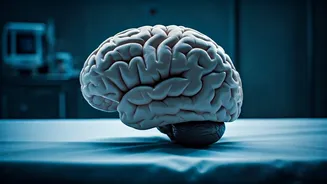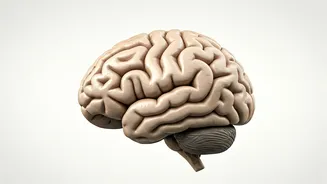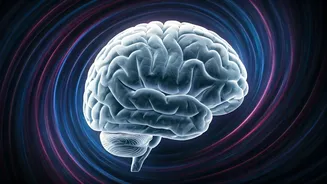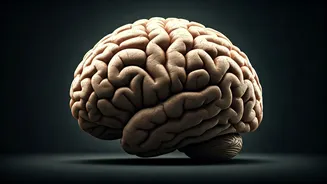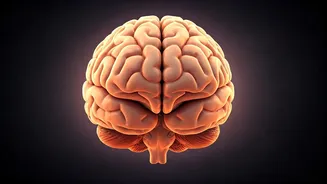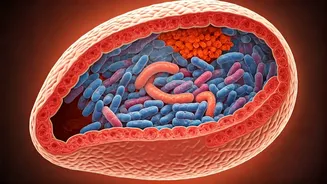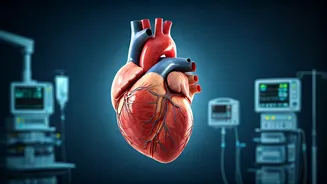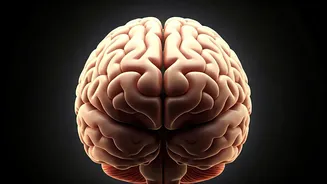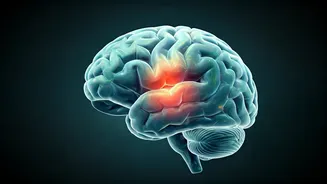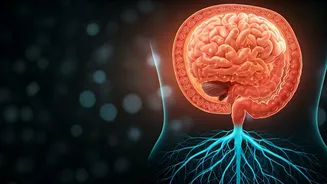Inattentiveness, Not Hyperactivity
One of the most significant variations in how ADHD presents itself in women compared to men involves the core symptom of hyperactivity. While hyperactivity may
be a prominent trait in many men, women with ADHD often struggle more with inattentiveness. This means they might appear easily distracted, struggle with organization, and find it hard to maintain focus on tasks or conversations. Furthermore, women are more likely to exhibit internal restlessness rather than overt physical hyperactivity. This can mean feeling on edge, fidgeting, or experiencing a sense of mental agitation. These subtle differences can make it challenging for doctors to identify the disorder, as these symptoms can often be dismissed as simply being 'scatterbrained' or 'stressed'.
Hormonal Shifts and Triggers
Hormonal fluctuations can significantly impact ADHD symptoms in women, making the condition more challenging to diagnose. These fluctuations often coincide with different phases of the menstrual cycle, pregnancy, and menopause. During the premenstrual phase, for example, many women report increased ADHD symptoms such as heightened inattentiveness, impulsivity, and mood swings. Pregnancy introduces a complex mix of hormonal changes that can both exacerbate and mask ADHD symptoms, making accurate diagnosis and management very difficult. Furthermore, during menopause, declining estrogen levels can lead to a worsening of inattention and memory problems. The complex interplay of hormones and life stages underscores the importance of a comprehensive approach to diagnosing and treating ADHD in women.
Over-the-Top Perfectionism
Perfectionism is another hallmark of ADHD in women, often overlooked because it is frequently seen as a positive trait. However, for women with ADHD, this tendency can become quite extreme and can lead to difficulties. Women with ADHD might set impossibly high standards for themselves, leading to chronic stress, anxiety, and burnout. They may spend excessive amounts of time on tasks, feeling like nothing is ever good enough. This can also lead to procrastination, as the fear of not meeting perfectionistic ideals can cause avoidance and delay. Furthermore, their efforts to compensate for their struggles with focus or organization may be exhausting. This behavior, while seemingly driven, actually hides a deeper need to control and manage the challenges of ADHD.
Emotional Dysregulation Issues
Emotional dysregulation, which is a difficulty in managing and controlling emotions, is a common experience among women with ADHD. They may encounter more intense emotional reactions than their peers, swinging between joy, frustration, anger, or sadness. This emotional intensity can negatively affect relationships, leading to misunderstandings and conflicts. Emotional dysregulation manifests as frequent mood swings, a short temper, or even heightened sensitivity to criticism. This emotional instability can also complicate any other mental health concerns, like anxiety and depression, making diagnosis and treatment more complicated. Such symptoms may go undiagnosed because they are frequently associated with other mental health conditions, and their link to ADHD is not readily understood.
Internal Restlessness
Internal restlessness is a less visible sign of ADHD that frequently affects women. Instead of overt physical hyperactivity, women often describe feeling a constant inner agitation or a need to be in motion. This internal restlessness may manifest as an inability to unwind, even when physically resting. Women might feel 'wired' or find it difficult to sit still. This internal state can also result in them taking on too many tasks. This can be manifested by feeling constantly overwhelmed. Furthermore, this inner agitation can create challenges with sleep. This symptom is frequently mistaken for anxiety or stress, and it may not be recognized as a key indicator of ADHD, leading to delayed diagnoses and misdirected treatment strategies.


